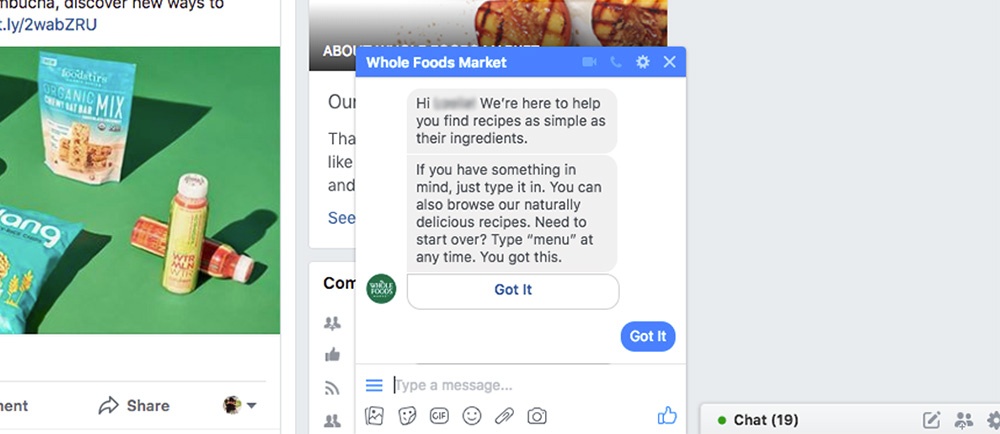Fine-Tuning Your Marketing Funnel Part 3: Be Flexible
At VI, we track our client’s customers by using a marketing funnel. In descending order, our funnel stages look like this: Attract, Educate, Engage and Convert. But… what happens after conversion? Sometimes we need to consider brand loyalty programs if one of our objectives is to cultivate loyalty.
Loyalty matters.In 2009, during the heat of a recession, Hyundai started a promotion in conjunction with Walkaway USA that allowed anyone who purchased a Hyundai in the past year and suffered a job loss or bankruptcy to return the vehicle and walk away from the loan obligation. This, along with Hyundai’s unmatched 10-year, 100,000 mile warranty, helped the automaker go from the lowest-end option on the market in the 1990s to a trusted, dependable choice for middle-class Americans. The brand was reborn. This type of thinking comes from marketing that goes beyond the thought that the customer journey is a one-way street. Brands like Hyundai understand that winning trust, along with building and maintaining relationships, is the lifeblood of a brand.


















